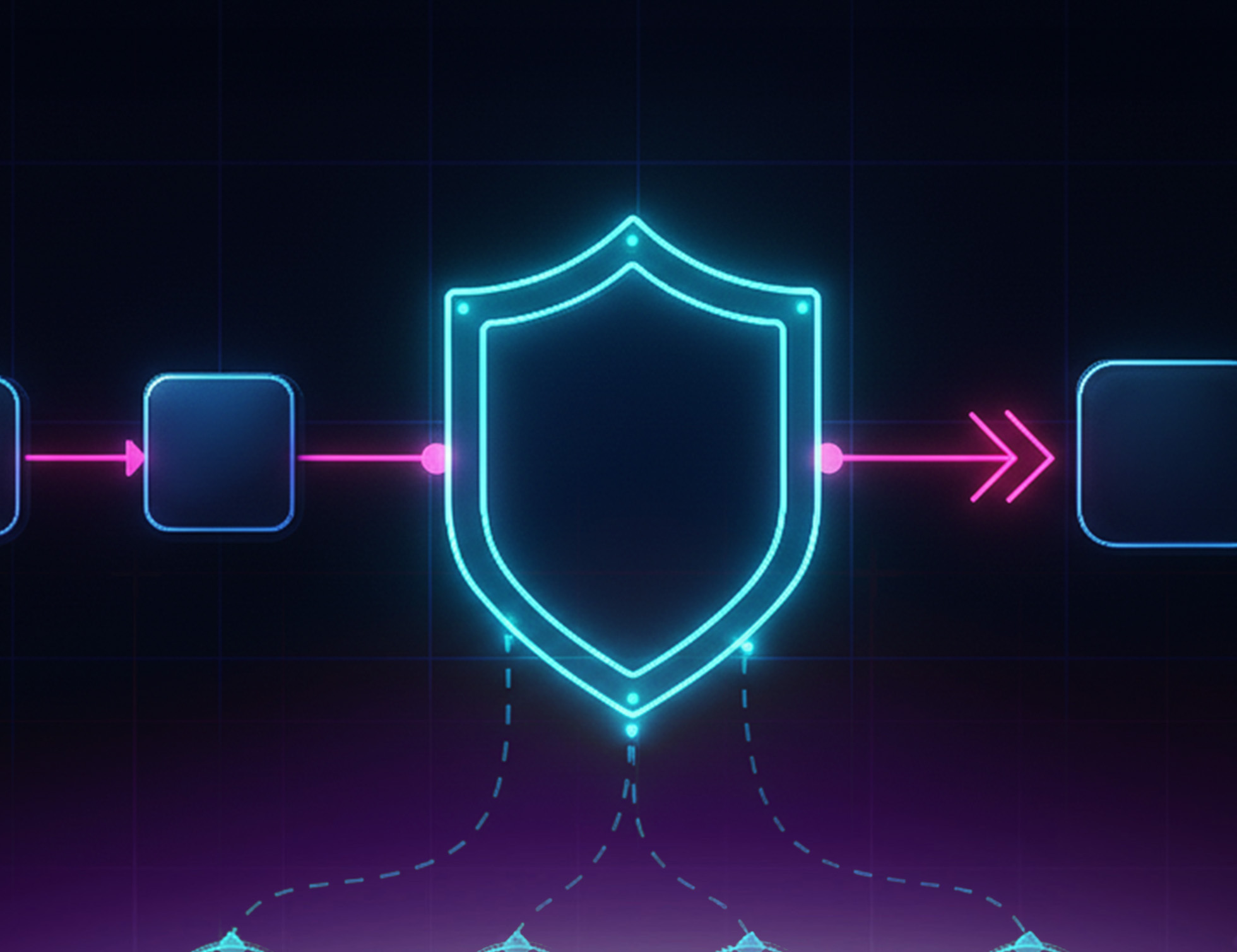Cybersecurity Automation: How AI-Driven Dashboards and Automation Improve Protection

Cybersecurity Automation: How AI-Driven Dashboards and Automation Improve Protection
In today’s digital battlefield, threats evolve faster than traditional defenses can keep up. Cybersecurity automation has become a critical strategy for organizations that need to detect and respond to attacks in real time. By leveraging AI-driven dashboards, automated incident response, and intelligent bots, companies can shift from reactive security to proactive, predictive defense. This article explores why automation is key in 2025, how it transforms security operations, and how Kenility supports businesses on this journey.
The cybersecurity challenge in 2025
The global cybersecurity landscape has changed dramatically:
- Escalating attacks: ransomware campaigns are increasingly automated, phishing attempts are powered by generative AI, and botnets adapt faster than manual defenses can respond.
- Traditional limitations: rule-based monitoring and manual processes create alert fatigue, leaving security teams overwhelmed and unable to focus on the most critical incidents.
- The speed factor: attackers now move laterally inside corporate networks in minutes, exploiting vulnerabilities before humans even notice anomalies.
In this context, relying only on human analysts or static tools is not enough. Organizations need AI threat detection, incident response automation, and real-time dashboards to stay ahead of adversaries.
Strategy 1 – Intelligent automation of security tasks
What it is
Intelligent automation delegates repetitive tasks like log analysis, alert triage, and containment to AI systems. This doesn’t mean replacing analysts; it means ensuring that first-line responses happen automatically, at machine speed.
Benefits
- Frees up talent: highly skilled analysts can focus on threat hunting, vulnerability management, and long-term strategy.
- Reduces error: automated workflows execute consistently, without the fatigue or bias that humans may introduce.
- Accelerates MTTR: with incident response automation, responses are triggered within seconds of detection.
Applied example with Kenility
Kenility’s AI Business Transformation approach allows clients to embed automation modules directly into their SOC (Security Operations Center). Imagine a system that automatically blocks suspicious IP addresses, quarantines affected devices, or even generates compliance-ready reports. This integration transforms cybersecurity automation from a concept into a tangible force multiplier.
Strategy 2 – Real-time dashboards powered by AI
What they are
AI-driven dashboards consolidate data from endpoints, APIs, cloud environments, and logs into one intuitive view. They use predictive analytics to surface anomalies, correlate hidden patterns, and forecast risks.
Benefits
- Instant insights: managers gain a clear picture of vulnerabilities, asset risks, and live threat trends.
- Faster decision-making: security teams act confidently because they’re guided by data-driven KPIs.
- Scalability: dashboards adapt as organizations grow, incorporating cloud security, IoT, and hybrid environments.
Use case: anomaly detection
Suppose there’s a sudden, unexplained increase in outbound data transfers from a high-value server. Without AI, this could be buried among thousands of log entries. With an anomaly detection dashboard, the spike is highlighted in real time, correlated with external threat intelligence, and automatically escalated into a containment workflow.
Explores how dashboards create actionable insights.
Strategy 3 – AI chat & voice bots for secure interactions
How they work
AI chat and voice bots are no longer limited to customer service. In cybersecurity, they play a crucial role in securing communication channels. By analyzing conversation patterns, these bots can detect phishing attempts, impersonation, or fraud in real time.
Benefits
- Invisible protection: customers interact seamlessly while bots monitor for suspicious behavior.
- Fraud prevention: bots can intercept malicious links, flag suspicious tone shifts, and request additional authentication if necessary.
- Data enrichment: the intelligence collected improves other fraud detection AI models, creating a virtuous cycle of stronger protection.
Added value
For industries like banking, retail, and healthcare, where trust is essential, secure bots combine customer experience with cybersecurity automation. Instead of burdening users with complex validation steps, bots provide silent yet powerful protection.
Key benefits of AI in cybersecurity
Implementing AI and automation brings measurable business value:
- Risk reduction – Predictive AI threat detection and continuous monitoring reduce exposure to evolving attacks.
- Rapid response – Cybersecurity automation ensures that responses—from patching to isolation—happen instantly.
- Efficiency gains – Teams save time by eliminating manual triage and repetitive checks, reducing alert fatigue.
- Regulatory compliance – Automated compliance reporting supports GDPR, HIPAA, and other regulations.
- Customer trust – Secure systems build confidence, a key differentiator in competitive markets.
- Scalable resilience – From small startups to enterprises, automated workflows adapt to evolving infrastructures.
Challenges and considerations
Of course, automation isn’t a silver bullet. To succeed, organizations must navigate:
- Bias and false positives: AI systems need ongoing training and human oversight.
- Over-reliance: automation works best with a human-in-the-loop approach.
- Data governance: handling sensitive information responsibly is essential for AI governance in cybersecurity.
- Integration complexity: aligning SIEM with AI, SOAR platforms, and XDR with AI requires planning.
- Workforce transformation: analysts must be upskilled to collaborate with automated systems effectively.
Final Thoughts & Next Steps
Cybersecurity automation is no longer optional—it’s the backbone of resilience in 2025. With AI-driven dashboards, anomaly detection, and automated response workflows, businesses can strengthen defenses while empowering teams to focus on strategy.
At Kenility, we believe the future of security lies in anticipation, not reaction. AI enhances human expertise, allowing companies to move from reactive defense to proactive protection.
🔗 Ready to secure your digital future? Contact us today.
